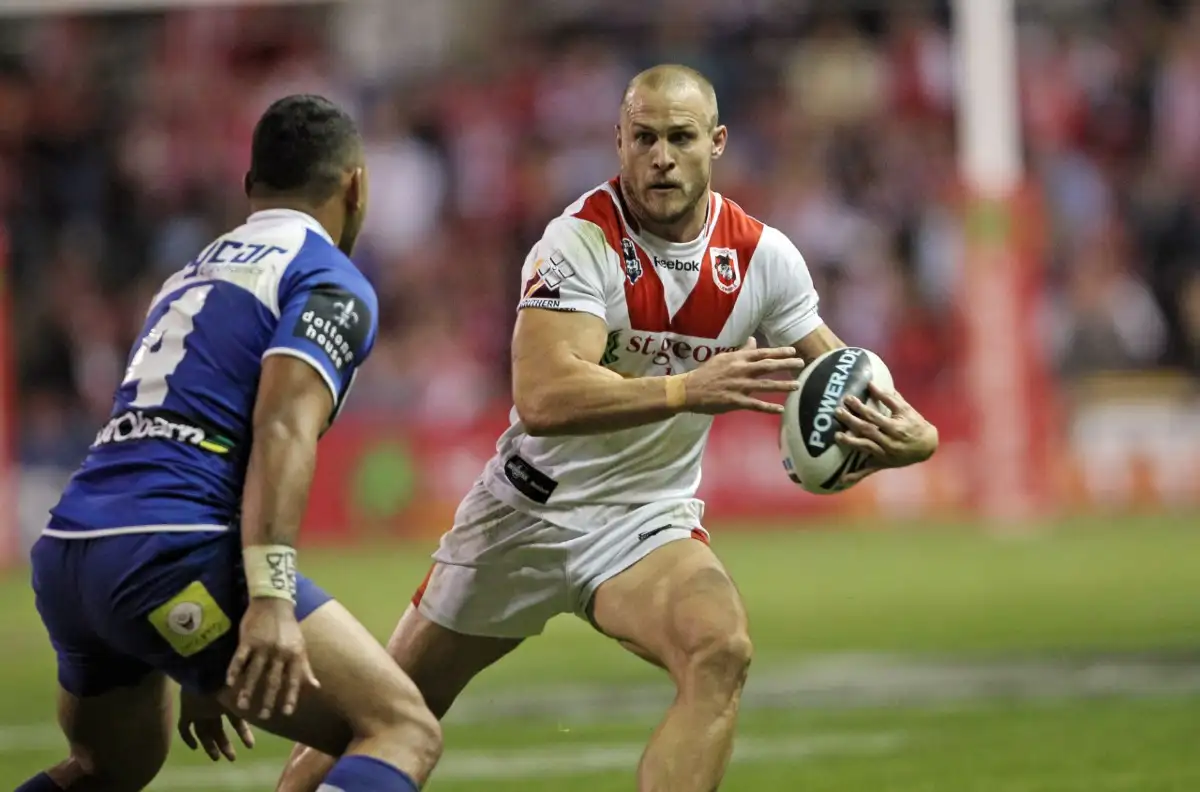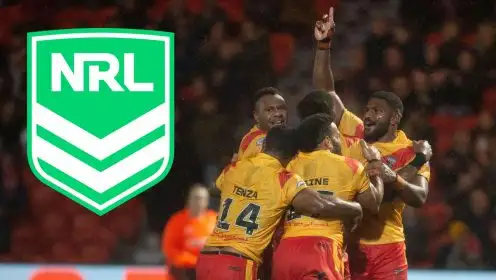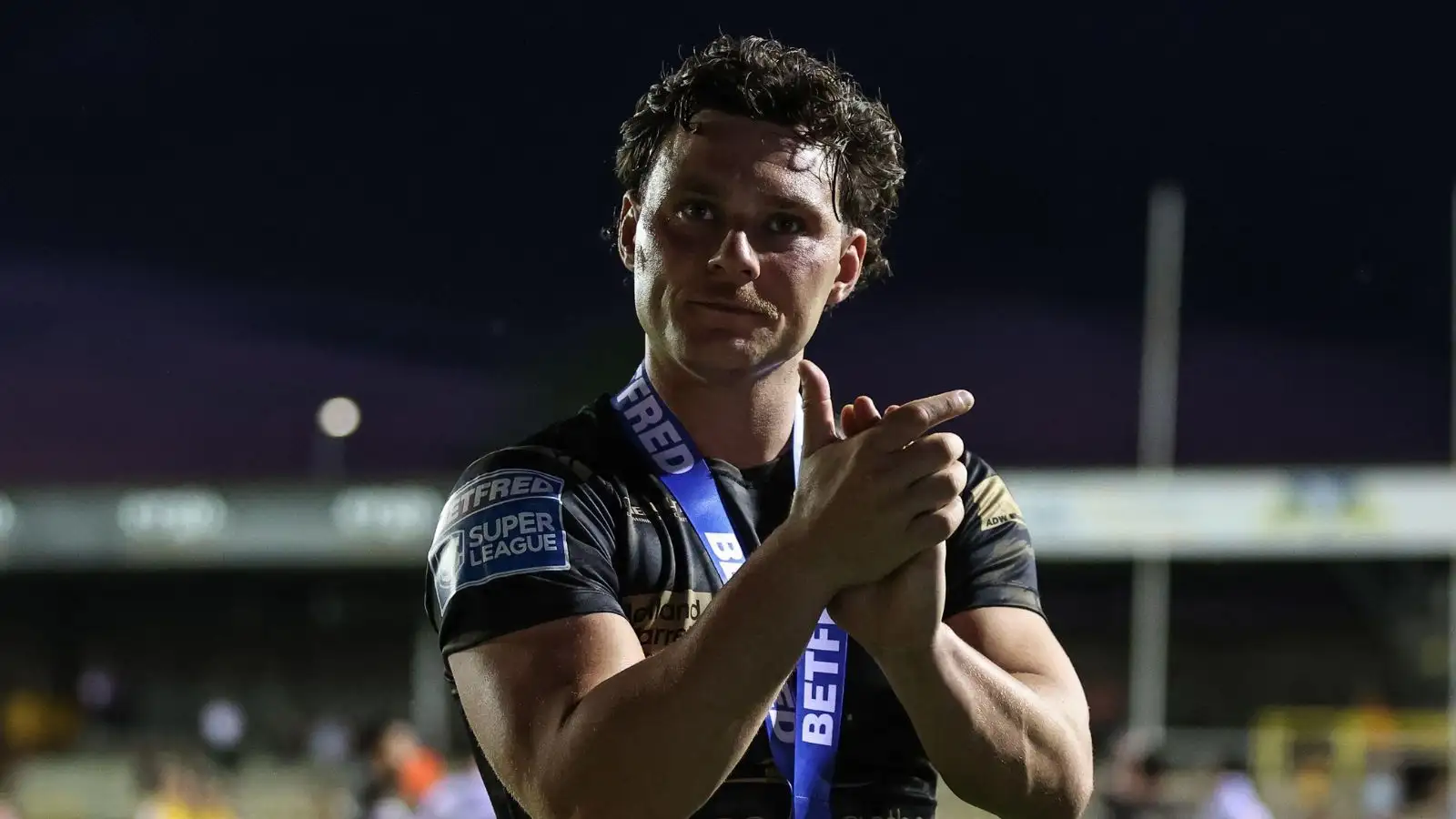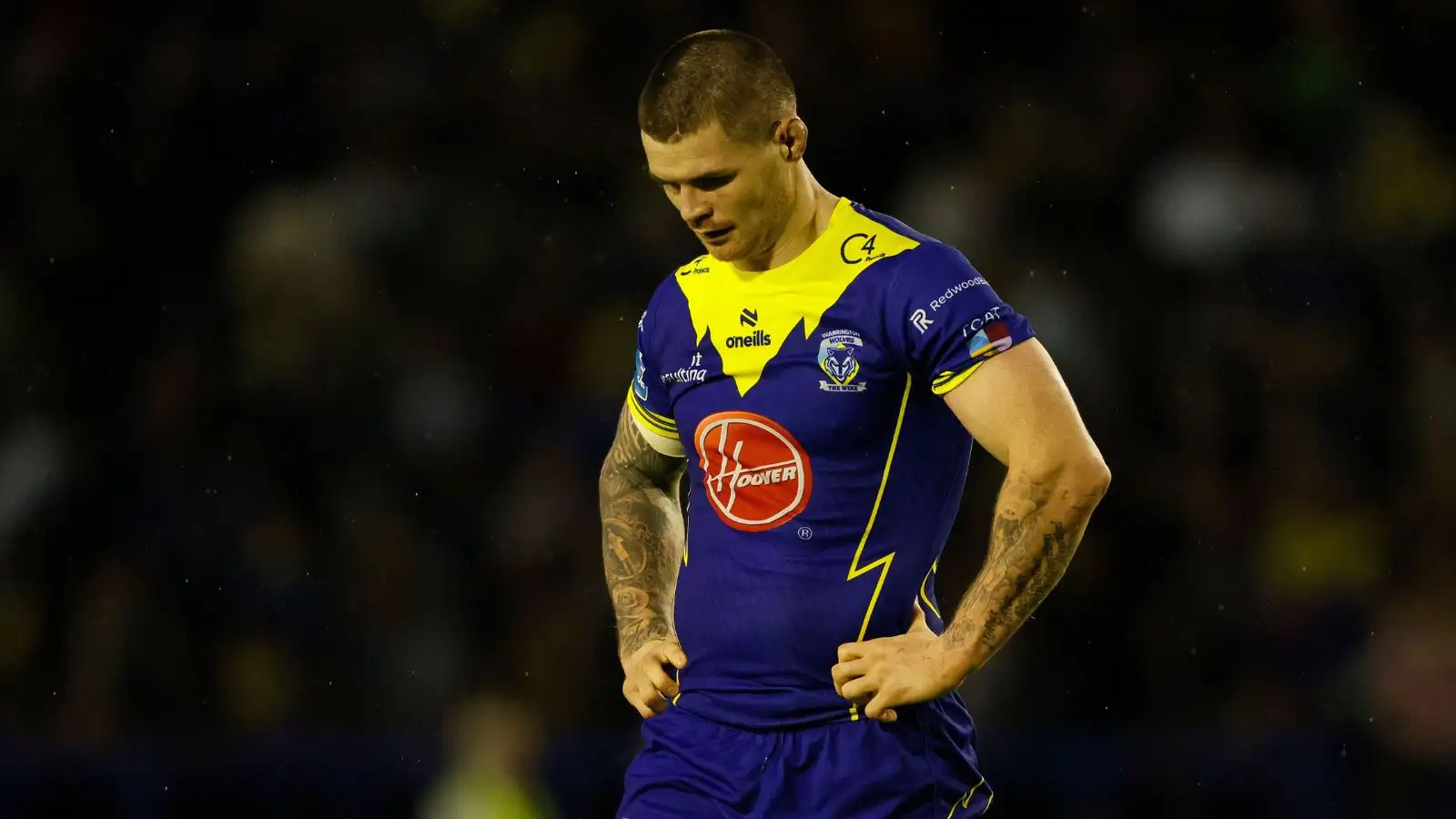Matt Cooper: The St George Illawarra Dragons centre who had it all

Throughout the history of Australian rugby league, there has been without doubt a great deal of offensive and defensive firepower come out of the centre position.
A position that requires a brutal combination of creative flair in attack, great strength and technique in defence. You look at some of the players throughout the years who have gone on to make it their own in Australian rugby league with Mal Meninga, Greg Inglis, Mick Cronin, Reg Gasnier, Steve Renouf and Jamie Lyon all springing to mind. Since the inception of the NRL in 1998, we have seen some great talent come from this position and Matt Cooper is one of the best we have seen throughout the era so far. So in tribute, we take an in depth look into the career of the man himself.
Born in Port Kembla, Cooper’s rugby league journey began back on the South Coast of New South Wales when he turned out for local junior club Shellharbour Sharks. However, after moving to Illawarra, he went on to sign for the Illawarra Steelers as a young prospect prior to the team’s merger with St George Dragons in 1998. Before the start of the 1999 NRL season, he went on to sign with the newly merged outfit St George Illawarra Dragons.
During the 2000 NRL season, Cooper made his official NRL debut at the age of 21 during the opening round of the season against Cronulla. However, after being replaced in the next game we would only see him sporadically throughout the year. In retrospect, his first three seasons were certainly teething years for the promising centre as in 2001, he would miss many games due to some minor injuries with 2002 being a year in which we saw him more prominently.
Come the 2003 season, it was seemingly like the shackles had released and by the end of the year Cooper endured his breakout season the Dragons had been hoping to expect. In total, he tallied 11 tries from 23 appearances and went on to secure the Geoff Selby Memorial NRL Coaches Award. The 2004 season was another impressive year as he put forth his best season to date, finishing the season as his side’s top try scorer with 17 tries in 23 appearances. That year saw some great individual performances that included a four-try display against reigning champions Penrith Panthers and by the end of the year, he helped the Dragons to a fifth place finish. The year saw his first call-up to Origin as he replaced Luke Lewis in the New South Wales team for the game three decider and he would go on to put on an impressive debut performance alongside team-mate Mark Gasnier. Even though he would not take to the field – the international selectors saw fit to place him in the Kangaroos squad that toured Great Britain, France and America.
The 2005 NRL season proved to be another year of great progression for Cooper as he formed a partnership of great attacking and defensive impetus alongside Gasnier. The Dragons went onto finish second in the league and went on to reach the preliminary finals before losing out to eventual Premiership winners, Wests Tigers. However, Cooper showcased to be a highly valuable asset in the back-line, scoring 13 tries in 20 games and was again selected for NSW. The 2005 series saw him score his first Blues try as they completed a three-peat of series wins. The international scene also beckoned once again for Cooper as he was selected for Australia’s touring squad of Great Britain and burst on to the stage by scoring five tries in his first three test matches.
Despite suffering another unfortunate injury during the Dragons’ opening game of the 2006 season against the Tigers, he was able to overcome it with another 10+ try season as the Dragons finished sixth and ended up reaching the preliminary finals once again. By the end of the season, he finished with 15 tries in 23 appearances.
By the start of 2008, Cooper was one of the elite centres in the league and was fresh off five consecutive seasons of 10 or more tries. Since his breakthrough year in 2003, the Dragons had found a one-two punch combination in himself and Gasnier, with their skills complementing each other so incredibly well. All in all, the partnership between the two had become a joy to watch and to this day there probably has not been a more dominant centre partnership.
As the 2010 season came by, the one thing that alluded him throughout his career was a NRL title but by the end of the year that all changed. Once again, his great physical ability in the tackle and his sharpness on the ball to create and take chances were on show. Also, Gasnier’s return tfrom rugby union sparked life back into the centre partnership and the Dragons went on to finish top of the ladder before going on to dominate Sydney in the Grand Final and secure their first NRL title since the merger. Throughout the finals series, Cooper surpassed 100 tries and broke the club’s all-time try scoring record set by Nathan Blacklock after a brace against Manly.
At the end of his career in 2013, he finished as the Dragons’ all-time leading try scorer with 124 and even though he was not a goal kicker in any sense of the word – he was also the side’s fourth highest points scorer due to his try scoring prowess. In 13 appearances for New South Wales, he scored three tries and was a part of two series wins against Queensland in 2004 and 2005. Although his international career was not as long – he was still showed exactly what he was capable of after scoring eight tries in seven games for the Kangaroos.
Cooper was still one of the most naturally gifted centres to enter the league. The former NSW representative was one of the most dominant players throughout the 2000s. In Cooper, the Dragons had not only a player who was sharp, creative with the ball in hand and a consistent try scoring threat – but a player who was one of the best defensive readers in the game. In fact, his brilliant capabilities in defence would sometimes overshadow his offensive abilities.
He was undoubtedly one of the best tacklers in one on one situations seen throughout the NRL era, with his strength outweighing his size and his vision to shutdown his opposition’s attacking movements being second to none.
The only thing he had against him throughout his career were the injuries but hindsight is a funny thing and we can easily look back and think ‘what if’, however, it does not take away from the tremendous impact he was able to make in the sport. There should not be any question that he was indeed a superstar of the modern era.
Watch NRL and live stream every NRL game to keep up with how Tom Burgess, John Bateman, Ryan Sutton, Elliott Whitehead, James Graham, George Williams and all the others are getting on Down Under.
Watch our Last Tackle podcast, featuring a guest, every week. SUBSCRIBE to Love Rugby League on YouTube.



